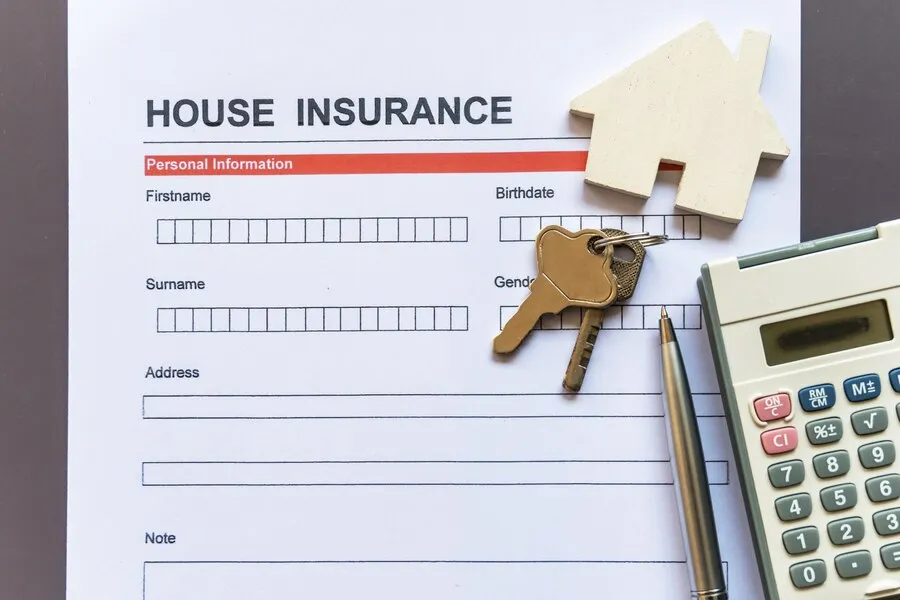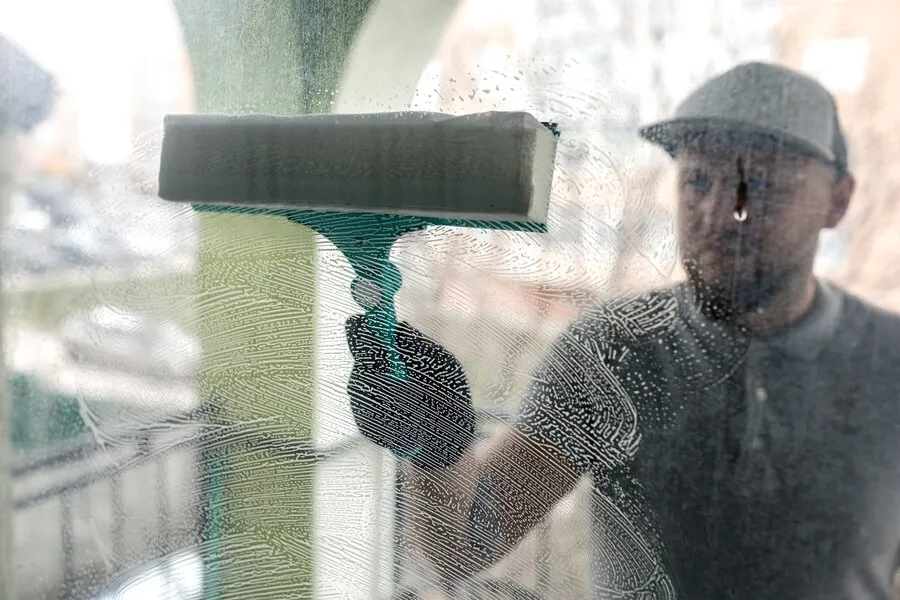Table of Contents
Understanding Homeowner’s Insurance and Storm Damage Coverage
Navigating the aftermath of a storm begins with understanding your homeowner’s insurance policy. While most policies cover a broad range of storm-related damage, such as wind and hail, the coverage can significantly vary based on your geographical area and specific policy terms. Knowing the ins and outs, including your deductibles and limits for storm damage insurance claims, is foundational for homeowners. To be well-prepared, it’s advisable to review your policy annually and consult with your insurance provider to clarify any ambiguity around terms such as “storm damage insurance claims.” Before a storm is even on the radar, take time to become intimately familiar with your coverage—you’ll be in a better position to file a claim quickly and accurately should the need arise.
Steps to Take Immediately Following Storm Damage
Once a storm has concluded and it is safe to do so, swift action can mitigate additional damage and commence the insurance process. Prioritize temporary repairs such as boarding windows and applying tarps to exposed areas; this demonstrates to insurers that you’ve taken steps to protect your property from further damage. It’s crucial to record all expenses during this phase for potential reimbursement when applying for storm or hurricane damage insurance claims. Next, notify your insurance company to initiate a claim. Prompt reporting is often required; immediate communication can set a positive tone for future interactions.
Analyzing the Scope of Storm Damage to Your Property
In the clear light of day, the scope of damage inflicted by a storm can be both disheartening and overwhelming. As a homeowner, your priority is determining the full scope of the damage. Inspect your property systematically, evaluating roofing, siding, windows, and landscaping. Don’t neglect less visible areas—such as gutters and fencing—often overlooked yet critical to overall property integrity. Check the home’s ceilings, walls, and floors for water intrusion that can lead to mold or structural damage. Meanwhile, ensure personal safety around any electrical damage you may notice. A comprehensive assessment will aid in developing a complete repair plan and achieving a fair and just settlement from your insurance company.
Documenting Your Losses: Best Practices
Good documentation serves as the backbone of a successful insurance claim. Begin by listing all your damaged or lost items and any structure damage. Provide a detailed description, including the age and the replacement cost. Use photographs and videos from your initial assessment to support your written records. Keep track of any estimates or receipts related to property repairs or replacements. Clear and detailed documentation will bolster your position and assist in negotiating with your insurance provider for an appropriate settlement to cover your losses.
Navigating the Claims Process: Tips and Tricks
Entering the claims process can feel like stepping into a maze with various required forms and procedures. Knowledge is your best asset; familiarize yourself with timelines and the steps required by your insurance company to file a claim. Submit a detailed claim packet with all necessary documentation in one organized submission. Engage with your insurance adjuster, ask questions, and request explanations for every decision that affects your claim. Be patient but persistent, understanding that while insurance companies work through a myriad of claims, yours is the one that matters most to you.
Common Pitfalls in Filing Storm Damage Claims and How to Avoid Them
Making an error when dealing with an insurance claim is not uncommon, but being aware of frequent mistakes can help you navigate the process more smoothly. One typical pitfall includes undervaluing the extent of the damage—ensure you assess all property aspects, including structural integrity and potential unseen damage, which might develop into more significant issues over time.
Another common mistake is a failure to maintain a chain of evidence; retain damaged items until the insurance adjuster has reviewed them, avoiding the disposal of any elements that could support your claim. By addressing these potential pitfalls assertively, you can strengthen your claim and enhance your prospects for a satisfactory resolution.
Additionally, for businesses dealing with logistics, understanding how to handle situations like resolving issues with delivered to agent for final delivery can be crucial in ensuring smooth operations and customer satisfaction.
When to Consult a Professional: Seeking Expert Advice
While many homeowners navigate the claims process independently, complex situations may necessitate professional expertise. A professional public adjuster or an insurance claim attorney can offer invaluable assistance, especially when there is a dispute over the coverage or settlement amount. They bring negotiation skills, knowledge of insurance laws, and an understanding of the intricacies of insurance claims, which can translate into a more favorable outcome for the property owner. Don’t hesitate to ask for expert advice if you feel your claim isn’t handled fairly or efficiently.





